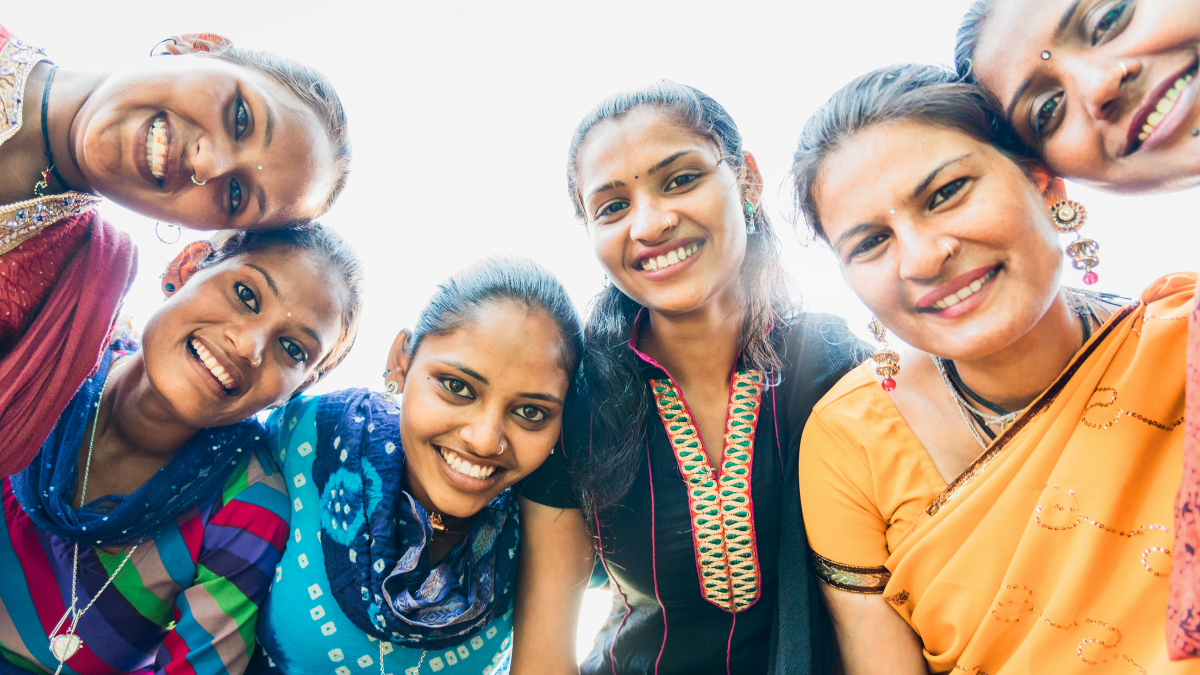Beyond the obvious rhetoric of the question, I have found myself pondering over this time and again. Spurred on by a recent experience, ‘fun’ as a woman in India became a topic of reflection. It makes me wonder, in a country like ours where even basic access to public transport and opportunity remains abysmally low, how accessible is fun to most women?
Fun means different things to different individuals but for many women in India even today, it must also entail allowance and safety. For most young urban Indians, a ‘fun-filled public space’ can be anything from beaches, parks, malls, fairs, movie theatres, concerts, pubs, and big-event parties to tourist destinations. But how accessible are those places to women, not just in urban cities but in small towns?
Public vs. pseudo-public spaces: Access shaped by class
Even today, it is largely normalized for women to be at home or be in public only with a specific purpose of going somewhere. Either way, most women are indoctrinated to feel a sense of belonging only at their destinations (homes/workplaces) and never during their travels or at places of recreational outings either due to safety concerns or a general sense of exclusion.
Even today, it is largely normalized for women to be at home or be in public only with a specific purpose of going somewhere. Either way, most women are indoctrinated to feel a sense of belonging only at their destinations (homes/workplaces) and never during their travels or at places of recreational outings either due to safety concerns or a general sense of exclusion.
In their book, Why Loiter? Women and Risk on Mumbai Streets, authors Shilpa Phadke, Sameera Khan, and Shilpa Ranade highlight this exclusion that women endure in most public spaces. “Safety is the apparent reason why women are denied access to the public,” they say.
Superficially the idea of ‘safety’ is about protecting women from the threat of violence from strangers. However, it also contains a subliminal fear of women interacting with ‘undesirable’ men that can threaten the systemic control that families want over their daughters or women.
The book analyses the difference between the “real” public spaces such as buses, trains, and streets vs. the privatized recreational settings like malls and pubs, which operate as pseudo-public spaces for middle-class consumers. However, even these constructed havens of leisure are concentrated in highly urbanized pockets and are accessible only if you can afford them, excluding countless women who earn just enough to survive, not to indulge.
“The rhetoric of consumer citizenship has all but drowned out the faint voices that claim citizenship based on inalienable rights to public space in the city,” the book adds. The larger your ability to consume or pay, the more you are considered a worthy citizen, is the assertion of this structure.
The social cost of and having fun and “loitering”
In the book, the authors also discuss why loitering – a rather affordable way to spend time – is largely a male hobby. Women who loiter are often given the moniker of “loose”, a label historically used to police any woman who steps beyond the narrow definitions of “respectability”.
This stigma restricts the most democratic and simple form of public presence: women’s right to be in streets and parks without purpose to look, to rest, to be. When public spaces are governed by these moral codes, they cease to be accessible and, more importantly, public.
It is, however, important to discern that men of lower economic class and social standing are more commonly perceived as a ‘threat’ or ‘nuisance’ (the authors use the term ‘unbelongers’). “The unbelongers are the poor, cast in the role of ungracious migrants, who occupy the city’s spatial asset without officially recorded remuneration.” While loitering is common among all classes, men from upper castes/classes are more often considered lesser threats and more legitimate presences in public places.
Opportunity to enter vs access
Equality of opportunity is not the same as equality of access. There is a subtle yet distinct difference between a place being ‘permissible’ to enter as opposed to being ‘inclusive’ or ‘accessible’.
Let’s break it down. When we are given an opportunity to join a conversation, that’s equality of opportunity. If we are not included or considered in the conversation, chances are that we will not speak—that’s inequality of access. When we see someone else like us given a chance to speak up, we will feel encouraged to join in — that is enabling access.
Even today, it is largely normalized for women to be at home or be in public only with a specific purpose of going somewhere.
Visibility is important and necessary. When women see other women occupying a space, it signals safety and possibility. A woman walking down a dark street won’t feel compelled to alter her route if she spots another woman. That small sense of ease extends to every place: the more women you see, the more welcome you feel.
Girls also want to have fun: a personal snapshot
That brings me to fun. Recently, I was at a pub in a major city in South India that was located inside a big hotel. It had nice décor, decent food, and music so loud that even Beethoven could hear it. Everything was nice except for the vibe. The DJ loudly played on a big screen item numbers (from all languages and continents) so vulgar that even the men with women companions started squirming in their seats.
The important thing to note here is that I was not alone and yet it felt isolating from my perspective. Interestingly, a group of men from the next table started dancing and enjoying themselves as they should. And that’s when it struck me – even a seemingly upscale place can serve two different experiences to two customers. It was a paying space that allowed women to enter but never to access the “fun” it promised.
Visibility is important and necessary. When women see other women occupying a space, it signals safety and possibility. A woman walking down a dark street won’t feel compelled to alter her route if she spots another woman. That small sense of ease extends to every place: the more women you see, the more welcome you feel.
I understand that this is not a reflection of all pubs. But just like me, most women have felt a palpable sense of discomfort in places designed for ‘all’ to have ‘fun’. Now add a layer of economic class to this; how much lesser do these options get in number?
Where are the women (who work themselves to the bone) having fun? Fairs, temples, parks? Importantly, how safe are these places for them to unwind with abandon?
Safety, visibility, and reclaiming the space for pleasure
The presence of women in public life begets more presence – mothers bringing daughters to parks, young women riding bikes after dusk, and women organizing and attending community festivals. These acts of occupancy are small but can be powerful affirmations; they normalize female visibility and chip away at the stigma around women taking up space in public.
We always associate feminism with the right to work, equal wages and all things serious. But ‘fun’ and the access to it are too crucial to feminist ideology because ‘the right to pleasure’ must always include ‘the right to live without violence’.
Inclusion is not just about opening doors – it is about changing the music videos, making room at the table, and rewriting the rules. If we truly aspire to an equal society, we must ensure that fun (joy, rest, curiosity, and play) is not a luxury for a few but a right for all. Only then will India’s public life reflect the loud, messy, and beautiful presence of half its population.




